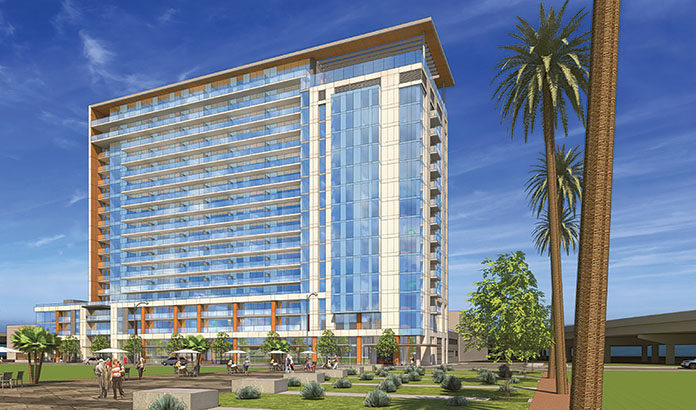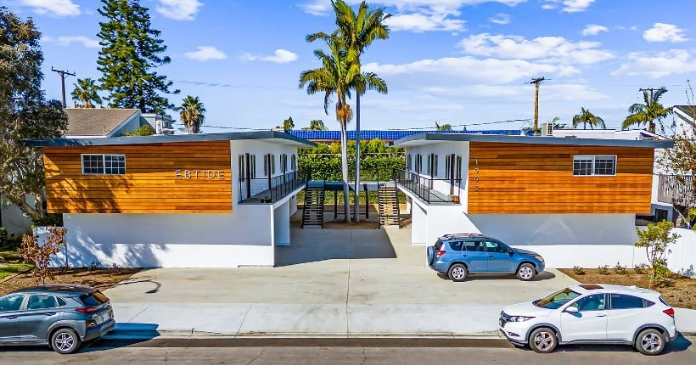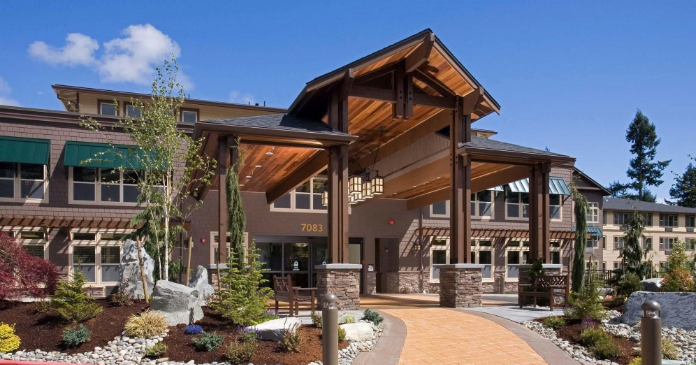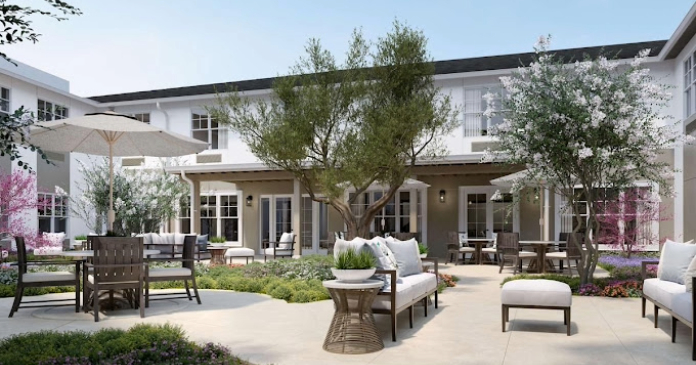The nearly 800-unit building, set to break ground early next year, is the latest project to embrace co-living—a dorm-like set-up where residents sleep in small private bedrooms and share common spaces, as a way to pack more people into a building and keep rents down. It’s a lifestyle that’s becoming increasingly popular as Bay Area residents, grappling with sky-high housing costs, are forced to find ever-more creative ways to stay afloat, and developers are encouraged to come up with innovative methods to house more people faster.
The San Jose project will be the largest co-living building in the world, according to its developer, San Francisco-based communal housing startup Starcity. The company also has a 270-unit co-living building in the works in San Francisco’s SoMa neighborhood. The two projects, both slated to open in 2021, will be the startup’s first attempts at building from the ground up instead of renovating existing buildings. Together they mark a major expansion by Starcity, and would increase the company’s existing inventory by more than 10-fold.
“I think about actually making a dent in the supply to the point where people who are somewhere else in the country, or living nearby, or commuting hours and hours and hours can say, ‘OK now there’s a way for me to get into the city,’” said Starcity co-founder and CEO Jon Dishotsky. “Commuting is a pain… fitting four people to a two-bedroom is a pain… and paying 70 percent of your income is not enjoyable.”
Starcity, which originally bought empty or underutilized residential and commercial buildings and turned them into housing, made its co-housing debut by converting a Victorian house and garage into a six-unit shared living space in San Francisco in 2016. Now the startup operates 81 units in five buildings—four in San Francisco and one in Los Angeles. In the next year, the company plans to finish another 600 units in San Francisco and more than 400 in Los Angeles.
The co-living trend is part of a broader creative movement sweeping the Bay Area’s housing market. Entrepreneurs are finding a range of innovative solutions to the region’s housing shortage—from turning shipping containers into tiny homes, to building micro-houses in people’s backyards, to providing new ways for renters to build equity and save for down payments.
“People are rethinking how to live, and what housing means, and how it’s provided,” said Chris Calott, a development and architecture professor at UC Berkeley.
Starcity’s upcoming San Jose building, located at 199 Bassett—three blocks from the Diridon Caltrain station, near where Google has proposed a new campus for up to 20,000 workers—will have up to 790 units. Each renter will have his or her own private bedroom and adjoining bathroom, or will share a bathroom with a family member or pre-selected friend. Between 12 and 18 people will share each kitchen and living room, and there will be four kitchens and living rooms per floor.
Both the San Jose building and the San Francisco building will cater to residents making between $40,000 and $120,000 a year. Rooms likely will rent for $800 to $2,500—below the current market rates for one-bedroom apartments in both cities.
The average rent for a one-bedroom apartment in San Jose is $2,364, according to RentCafe. It’s $3,261 in San Francisco.
Starcity can keep its costs down because its properties are more dense, Dishotsky said. By removing a building’s living rooms, kitchens and hallways and turning them into bedrooms, Starcity can fit more people into the building, collect rent from more tenants, and lower everyone’s prices.
Even so, Starcity’s price tags likely puts its rooms out of reach for many local residents.
“When you’re co-housing and you’re still paying $2,000 for a room, that’s not sustainable,” said Kate Comfort Harr, executive director of San Mateo County-based nonprofit HIP Housing. “It might be part of the solution, but at that price point it’s only going to be a solution for a very few.”
Don Row, a 43-year-old pilot, moved into a room in a San Francisco Starcity building in February, after striking out trying to find a roommate on Craigslist as he prepared to relocate to the Bay Area from Phoenix. Row, who says he moved for the weather, now pays $2,200 a month for a private bedroom and two kitchens he shares with 10 other people.
Row admits he hadn’t always pictured himself ending up in a dorm-style apartment in his 40s, and he doesn’t necessarily think he’ll live there forever. But for now, his only complaint is a lack of shelf space in the communal refrigerators.
“It is definitely not a traditional path by any stretch of the imagination,” Row said. “I can see why some people might think it would be weird. At the same time, I am loving it.”
Excerpt: Marisa Kendall, Bay Area News Group
















